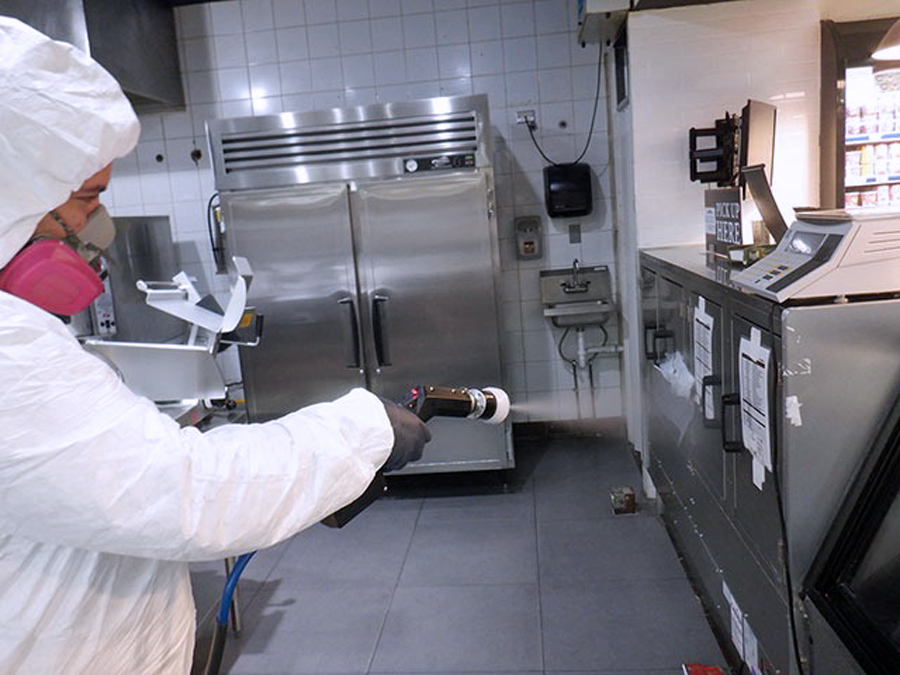Businesses urged to disinfect high-contact areas to curb COVID-19 spread

Preventive measures such as constant handwashing and social distancing between people to stop the spread of the coronavirus (COVID-19) should be coupled with maintaining a healthy work environment to protect staff and guarantee business continuity, an expert on indoor environment quality and sanitation said.
Overall, it is essential that employers practice disinfecting high-contact surfaces, said Carlos González-Boothby, president of Indoor Environmental Consultants, a Puerto Rican company with more than 30 years of experience, specialized in maintaining healthy and healthy indoor environments.
“We’re facing an invisible enemy and of which we know very little, so we must take all necessary disinfection measures, in accordance with the guidelines of the World Health Organization and the Centers for Disease Control and Prevention,” he said.
“Employers have a duty to protect their employees, preventing the spread of COVID-19. This, in addition to providing a healthy work environment while they continue their operations, helps to have more productive employees who feel safe in their workplace,” said González-Boothby, a certified expert remediator in microbiologically contaminated environments.
According to the WHO and the CDC, the two primary routes of transmission with COVID-19 are the inhalation of small contaminated drops of liquid emitted by an infected person and through contact with surfaces on which the virus can live.
That is why it is important that companies such as pharmacies, supermarkets and food establishments, among others, keep their spaces disinfected at all times. But this must be done in the right way, he said.
Currently, IEC recommends two types of processes: the first, proactively minimize the spread of communicable diseases, such as coronavirus COVID-19, mycoplasma, and influenza. The second process is focused on responding to suspected or confirmed COVID-19 cases at facilities, as required by the CDC in its updated guidelines.
The most effective sanitation process involves the application of a low-toxicity chemical called Vital-Oxide, which decontaminates surfaces coupled with specialized equipment. The proper preventive treatment may last up to 30 days, in combination with the rigorous cleaning of common areas and keeping a watchful eye on staff.













